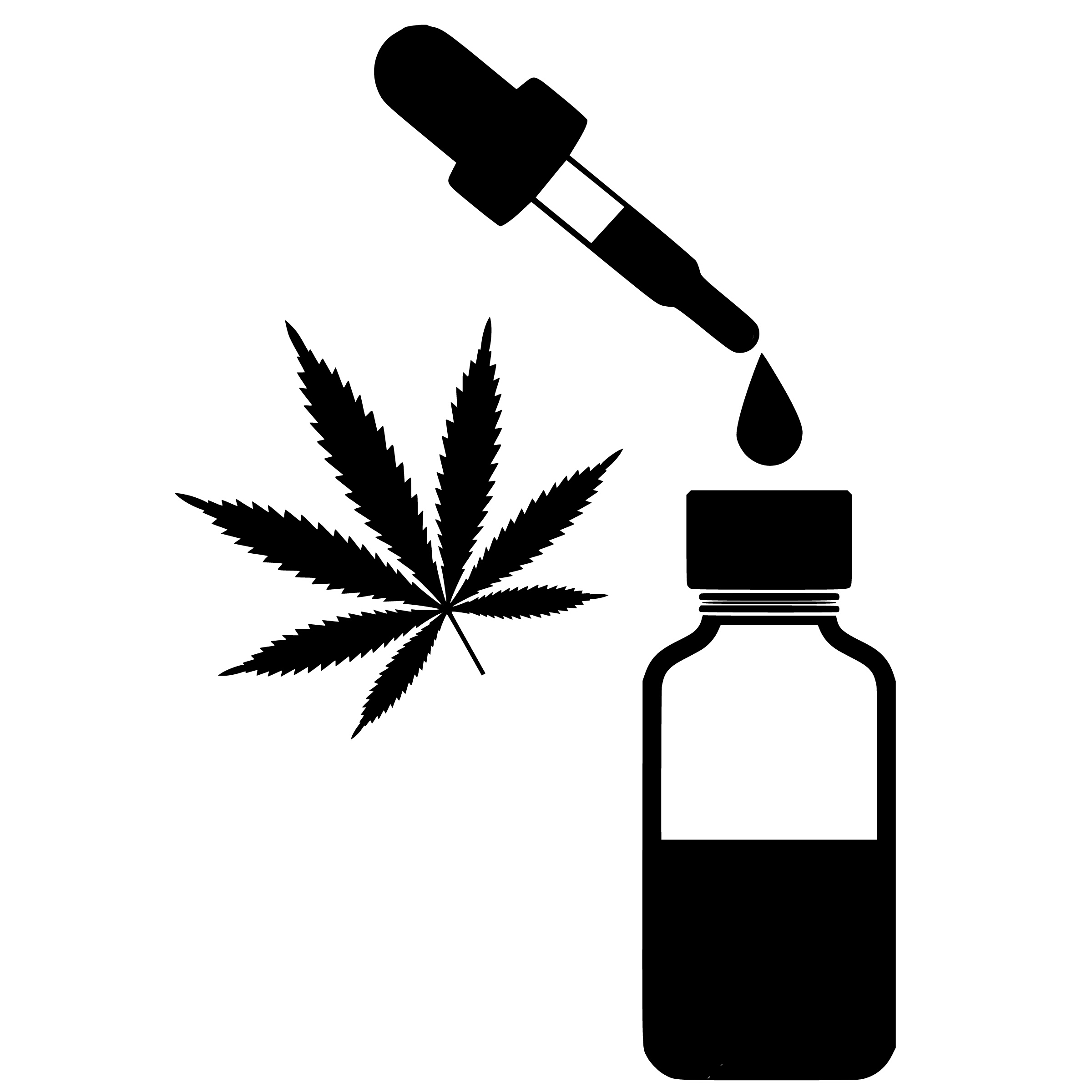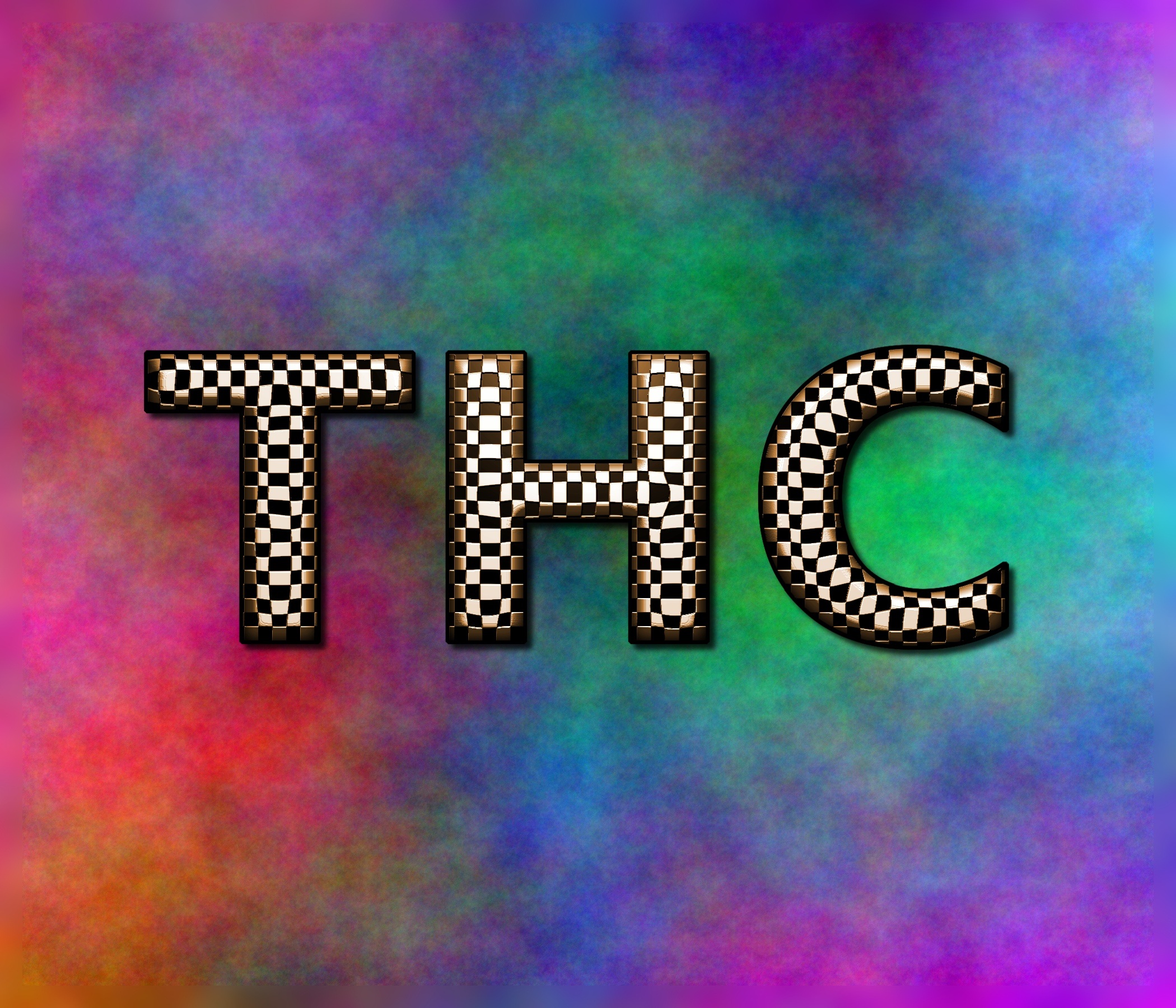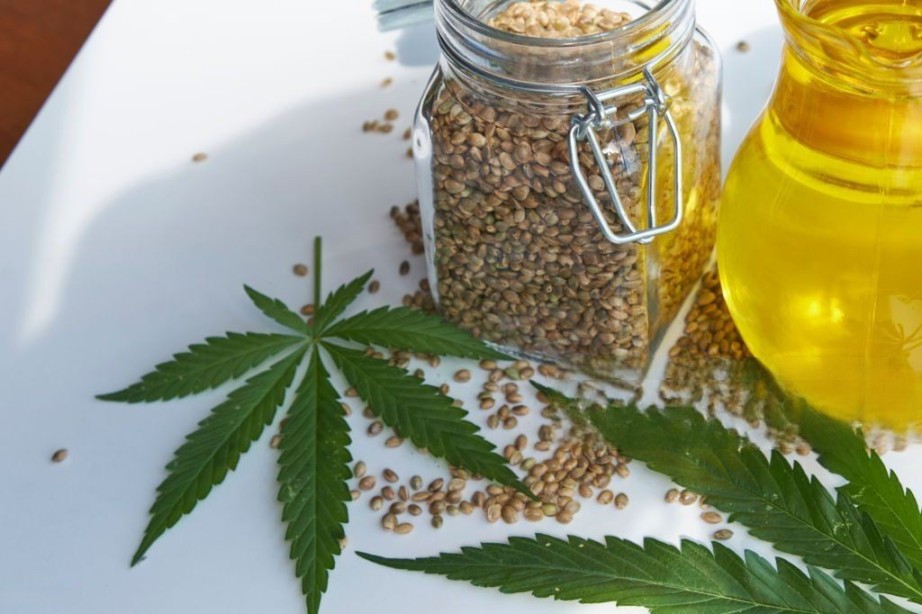Le cannabisCannabis, also known as marijuana, is a plant that has been used by mankind for thousands of years, with a variety of uses ranging from medicine to recreation. In recent years, two main compounds found in cannabis, CBD (cannabidiol) and THC (tetrahydrocannabinol), have attracted considerable attention from the scientific and medical communities. This article will take an in-depth look at CBD, THC and cannabis, helping you to better understand the differences between them, as well as their impact on the human body and society in general.
Table of contents
CBD
CBD, or cannabidiol, is one of the main compounds in cannabis. Unlike THC, CBD does not produce a 'high' and is often recognised for its many potential health benefits. This difference has made CBD a subject of interest for numerous research and medical applications.

Mechanism of action of CBD
CBD interacts with the body's endocannabinoid system, but in a different way to THC. This system plays a crucial role in regulating numerous physiological functions such as pain, sleep and mood.
CBD does not bind directly to CB1 and CB2 receptors like THC. Instead, it has the ability to modulate the activity of these receptors. This helps to reduce the negative effects of THC while providing numerous health benefits.
Research shows that CBD can help reduce anxiety, improve sleep and support the treatment of conditions such as epilepsy. Scientists are continuing to explore CBD's mechanism of action and how it can be used in modern medicine.
Health benefits of CBD
CBD has been extensively studied and shown to have many potential health benefits:
Reduced anxiety: Numerous studies indicate that CBD can help reduce the symptoms of anxiety and depression. It has the ability to calm the nervous system and create a feeling of relaxation without causing a high.
Epilepsy treatment support: Some CBD-based medicines have been approved by the FDA to treat difficult-to-treat forms of epilepsy, such as Dravet syndrome and Lennox-Gastaut syndrome.
Reduced inflammation: CBD has powerful anti-inflammatory properties, which can help reduce inflammation and pain associated with conditions such as arthritis and Crohn's disease.
Improved sleep: Many CBD users report an improvement in the quality of their sleep, with fewer night-time awakenings when using CBD products.
Side effects and risks of CBD
Although CBD is considered safer than THC, there are still a few side effects and risks to consider:
Mild side effects: Some people may experience mild side effects such as nausea, fatigue or changes in appetite when using CBD.
Drug interactions: CBD may interact with certain medicines, particularly those metabolised by the liver. Therefore, if you are taking medication, consult a doctor before starting to use CBD.
Lack of regulation: The current CBD market lacks strict regulation, leading to inferior or mislabelled products. Consumers should be cautious and choose products from reputable manufacturers.
THC
THC, or tetrahydrocannabinol, is the main compound in cannabis responsible for the 'high'. This compound is responsible for many of the psychological and physiological effects of cannabis.

THC's mechanism of action
THC works by binding to cannabinoid receptors in the brain and body. The receptor CB1 receptors are mainly found in the central nervous system, while CB2 receptors are mainly present in the immune system.
When THC binds to CB1 receptors in the brain, it activates the brain's reward system, resulting in the release of dopamine, a neurotransmitter associated with feelings of pleasure and satisfaction. This is the main mechanism that causes the sensation of 'high' when using cannabis.
THC also affects many other areas of the brain, influencing memory, concentration, motor coordination and perception of time. This explains the many psychological and physiological effects of THC.
Effects of THC
THC has many effects on the body, both positive and negative:
Psychological effects: THC can cause euphoria, relaxation, heightened sensations, altered perception of time and, occasionally, hallucinations.
Pain reduction: THC may help reduce chronic pain by acting on the endocannabinoid system and other pain signalling pathways.
Stimulation of appetite: THC can increase appetite, which may be useful in the treatment of anorexia or malnutrition associated with certain illnesses.
Antiemetic effect: THC has been shown to have antiemetic effects, particularly useful for treating nausea and vomiting caused by chemotherapy.
However, THC can also cause undesirable side effects such as anxiety, paranoia, loss of motor coordination and short-term memory problems.
Medical use of THC
Although controversial, THC has been used medicinally to treat certain conditions:
Chronic pain: THC can help reduce pain in patients suffering from conditions such as arthritis, neuropathic pain and cancer-related pain.
Chemotherapy-induced nausea and vomiting: THC has been approved by the FDA in the form of dronabinol to treat nausea and vomiting in cancer patients undergoing chemotherapy.
Muscle spasticity in patients with multiple sclerosis: Some studies show that THC can help reduce muscle spasticity and pain in patients with multiple sclerosis.
Appetite stimulation in AIDS patients: THC can help stimulate appetite and increase weight in AIDS patients suffering from cachexia.
Side effects and risks of THC
Although it offers certain medical benefits, the use of THC also entails numerous risks and side effects:
Dependence and addiction: THC can cause psychological and physical dependence, especially when used frequently and in high doses.
Impact on mental health: Frequent use of THC can increase the risk of mental health problems such as anxiety, depression and, in some cases, trigger psychotic symptoms in people at risk.
Impact on brain development: THC use during adolescence can affect brain development, leading to cognitive and long-term memory problems.
Impact on the respiratory system: Smoking cannabis containing THC can irritate the lungs and increase the risk of respiratory illnesses.
Impact on driving: THC can reduce motor coordination and reaction time, increasing the risk of road accidents.
Because of these risks, the use of THC must be carefully considered and carried out under the supervision of a healthcare professional when indicated.
Cannabis
Cannabis, also known as marijuana, is a plant with a long history of use in many cultures around the world. The cannabis plant contains over 100 different cannabinoid compounds, of which THC and CBD are the most extensively studied.

History of cannabis use
Cannabis has been used by mankind for thousands of years for a variety of reasons:
Use in traditional medicine: Many ancient cultures, including China, India and Egypt, have used cannabis to treat a variety of illnesses. In traditional Chinese medicine, cannabis was documented as a remedy for many illnesses, ranging from headaches to digestive problems.
Use in religious ceremonies: Cannabis has also been used in religious and spiritual ceremonies. Many indigenous cultures have used cannabis as an integral part of sacred rituals to connect with the spiritual world.
Industrial use: As well as medical and spiritual applications, cannabis has also been used to produce fibres, oil and food. Fibres from the cannabis plant were used to make cloth, rope and paper, while cannabis oil was used in cooking and cosmetics.
Types of cannabis
There are three main types of cannabis: Cannabis sativa, Cannabis indica and Cannabis ruderalis. Each type has its own characteristics and is often used for different purposes.
Cannabis sativa: This type generally contains a higher THC content and is known for its stimulant effects, helping to increase energy and creativity. It is often used during the day.
Cannabis indica: In contrast, Cannabis indica generally contains a higher CBD content and has sedative effects, helping to relax and reduce stress. This type is often used at night.
Cannabis ruderalis: This type is less common and generally has a lower cannabinoid content. However, it is known for its ability to autoflower, making it an interesting choice for cannabis growers.
Legal status of cannabis
The legal status of cannabis varies considerably around the world. In some countries, cannabis is completely legal for medical and recreational purposes, while in others it remains completely prohibited.
Many countries have begun to review their laws on cannabis, particularly in the medical field. Research and the discovery of the health benefits of cannabis have prompted many countries to consider legalising or reducing penalties for the use of cannabis.
However, there is still much controversy surrounding the legalisation of cannabis, with differing opinions on its social, health and economic impacts. Supporters argue that legalisation will help control product quality and reduce drug-related crime, while opponents fear negative impacts on public health.
Conclusion
Understanding CBDthe THC and the cannabis not only helps us to recognise the associated benefits and risks, but also opens up new opportunities in the medical and healthcare field. Although there is much controversy, research into these compounds continues to progress, promising advances in treatment and improvements in quality of life for many people.

